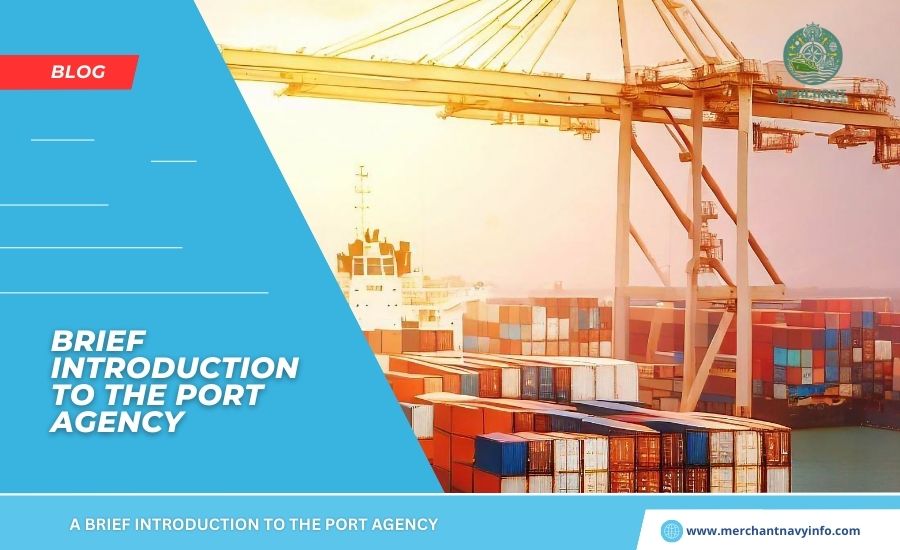
If you’re in the shipping, warehousing, or supply chain business, you may be familiar with the acronyms ETD full form in shipping and ETA. Organizations and businesses base their plans and schedules on these two factors.
What are EDT and ETA in a Delivery?
ETD full form in shipping can be the estimated time of departure of the shipper’s cargo on board the vessel or the estimated time of departure of the carrier itself. This is the estimated departure time of the item waiting to be shipped. Similarly, for ETA, the arrival could be a ship or a cargo. Typically, ETD full form in shipping refers to the estimated date of departure, and ETA refers to the estimated date of arrival of the ocean carrier or cargo. In most cases, times are not provided as delays or early arrivals of ships and cargo cannot be predicted. ETD and ETA are indicative data only and are not binding on shipowners, clearers or carriers.
Where can I Find the ETD and ETA of My Shipment?
Estimated departure and arrival times are usually stated on the booking confirmation from the shipping company or freight forwarder. This is a confirmation of the booking of cargo by ship (or other means of transport). The booking confirmation includes the booking confirmation number, the description and quantity of the shipment being shipped, the equipment used for the shipment, and the itinerary. Equipment means a type of container or pallet used to hold cargo. Typical itineraries include airline ETDs and ETAs.
Booking Confirmation
Booking Confirmation is a valid contract between the carrier and also the shipper. Issued by the carrier or carrier to the shipper. A sender can be a sender or a receiver. Container reservation confirmations typically include the following information:
- Booker
- Booking Confirmation Number
- Shipper’s Name
- Empty Container Return Point
- Dangerous Goods Information
- ETD
- Vessel Name
- Port of Discharge
- ETA
- Transshipment Port (as applicable) )
- Container number and description
- Truck driver details
- Booking date
- Authorized signature
Booking Confirmation Number The booking confirmation number will normally appear on all documents and correspondence.
How are ETD and ETA Calculated?
ETD full form in shipping and also ETA depend on factors such as the vessel’s schedule and ports of call for refueling and maintenance operations. They are subject to known conditions such as labor unrest and berth congestion at the port of departure and at various ports en route. The airline may change the specified ETD and ETA based on the factors listed above. Weather and rough seas can also cause delays in the departure and arrival of ocean-going ships. Some ship delay insurance companies may categorize these factors into land-based and ship-related factors. Shoreside factors refer to conditions that affect the departure of ships, such as labor unrest, traffic congestion, port traffic problems, and infrastructure collapse.
Ship-Related Factors are Factors that Influence a Ship’s Arrival at a Port, Such as
Examples: delays due to weather, engine failure of a vessel while underway, etc. While ETD and ETA are approximations, Actual Departure Time (ATD) and Actual Arrival Time (ATA) indicate the vessel’s actual departure and arrival times at the port.
What do Lead Time, ETD, and ETA mean?
In shipping and freight transportation, lead time is the total time required for a vessel or cargo to get from point A to point B (from the ship’s or cargo’s point of departure to its destination) is expressed numerically. That day. Accurate lead times are important when forecasting inventory. Inventory forecasting is a prediction of a company’s inventory needs at a future point in time. Use data such as inventory levels, sales and demand, inventory lead times, and other factors to determine forecast numbers. Accurate and timely data helps create accurate forecasts. “Goods Preparation Days” indicates the number of days required for the supplier to prepare the goods and deliver them to the port for shipment. Transit days indicate the number of days required for the cargo to transit from the port of origin to the destination or port of discharge. Clearance and delivery time indicates the number of days required for goods to clear customs from the port and be delivered to the customer’s facility. All of these days are the actual number of days required to move the shipment from its origin location within the supplier’s warehouse to the customer’s storage location.
Can I Claim Compensation for Delayed Departure?
When a shipper books cargo on an ocean-going vessel, the shipowner is responsible for transporting the cargo on the vessel named in the booking confirmation. The ship’s ETD will also be displayed on your booking confirmation. In some cases, the estimated time of arrival will also be displayed. If the cargo is unable to sail through no fault of the shipper, the carrier must take over the cargo on an alternative vessel within three days from the date of the original reservation. Shippers should confirm this in their contracts with shipowners.
Live Tracking of Ships and Cargo
The old practice of notifying customers when goods arrive at a predefined location has been replaced by live tracking of goods. Prior to this, the predefined status of a vessel or goods between his two locations was not specifically available to the customer. Live tracking provides a clear view of goods and vessels in transit, resulting in realistic ETDs and ETAs. Shipping companies can monitor the movement of cargo ships and avoid disruptions along the way. In addition to live cargo tracking, some companies offer additional services to their customers. Services provided by live cargo tracking include real-time monitoring of cargo temperature, humidity, or shock loads.
Very useful when transporting medical equipment, high-tech equipment, food, etc. Today, shipping companies have implemented effective transportation management systems (TMS) to provide live tracking of their ships and the cargo they carry. With a shipping company’s tracking portal, customers can see exactly where their shipped items are at any time. The ideal lead time (base date) for the trip is 15 days. Past data (average values) that can be calculated are as follows.
- Delay due to labor strike:
- Three days Delay due to bad weather:
- Two days Delay due to congestion at the port of departure:
- One day Delay due to congestion at the port of arrival:
- Two days Delay due to extension of bunker stop:
- One day Delay due to ship engine failure:
- Two days Delay due to war or piracy:
- Three days










